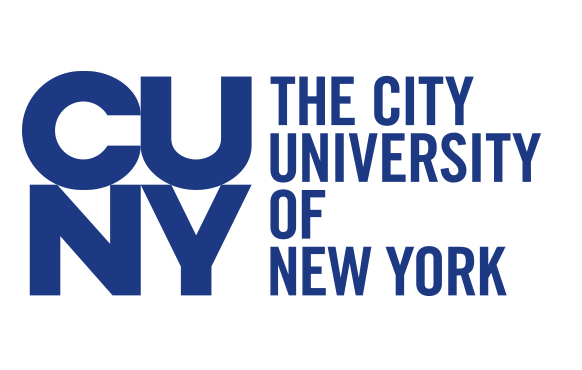March 24, 2014
By Steven Wishnia
Build more trains, urges a coalition of leading New York developers, construction companies, and building-trades unions.
In its 2014 policy agenda, released in March, the New York Building Congress advocates four railroad projects, as part of what Andrew Hollweck, its vice president for policy and planning, calls a “robust capital investment plan” for the city’s infrastructure.
The four are completing the new Moynihan Station, improving conditions at Penn Station, creating access to the West Side for Metro-North trains, and building the “Amtrak Gateway,” a new passenger-train tunnel under the Hudson River that would substitute for the one New Jersey Gov. Chris Christie cancelled in 2010. The group also wants the state to fund the second phase of the Second Avenue Subway line—extending the Q train from 96th Street to 125th Street—and the Metropolitan Transportation Authority’s five-year capital program.
“They need money just to keep the system in a state of good repair,” says Hollweck. Most of that money would go to “mundane” improvements like replacing obsolete signals, renovating stations, and modernizing communications.
The Building Congress also wants the city to continue spending $9.5 billion a year on infrastructure, such as roads, bridges, schools, and parks.
To finance this—it estimates the MTA is $15 billion short of the $25-30 billion it seeks for the 2015-19 plan—the group has proposed a plan similar to the one announced March 21 by the Move NY campaign: Impose tolls of up to $15 on East River bridges and revive former mayor Michael Bloomberg’s congestion-pricing scheme, charging drivers a fee to go south of 59th Street in Manhattan.
The agenda also calls for expanding the “design and build” process used to issue contracts for the Tappan Zee Bridge. Instead of the city and state having a project designed and then taking bids from contractors to build it, it would do one-step deals with consortiums of engineers and builders, Hollweck explains. This would streamline construction of large projects, he says.
Yes, the construction industry would benefit from all these projects, Hollweck says, but it should be obvious that infrastructure is “the backbone of New York City. We’re really trying to elevate this message.”



